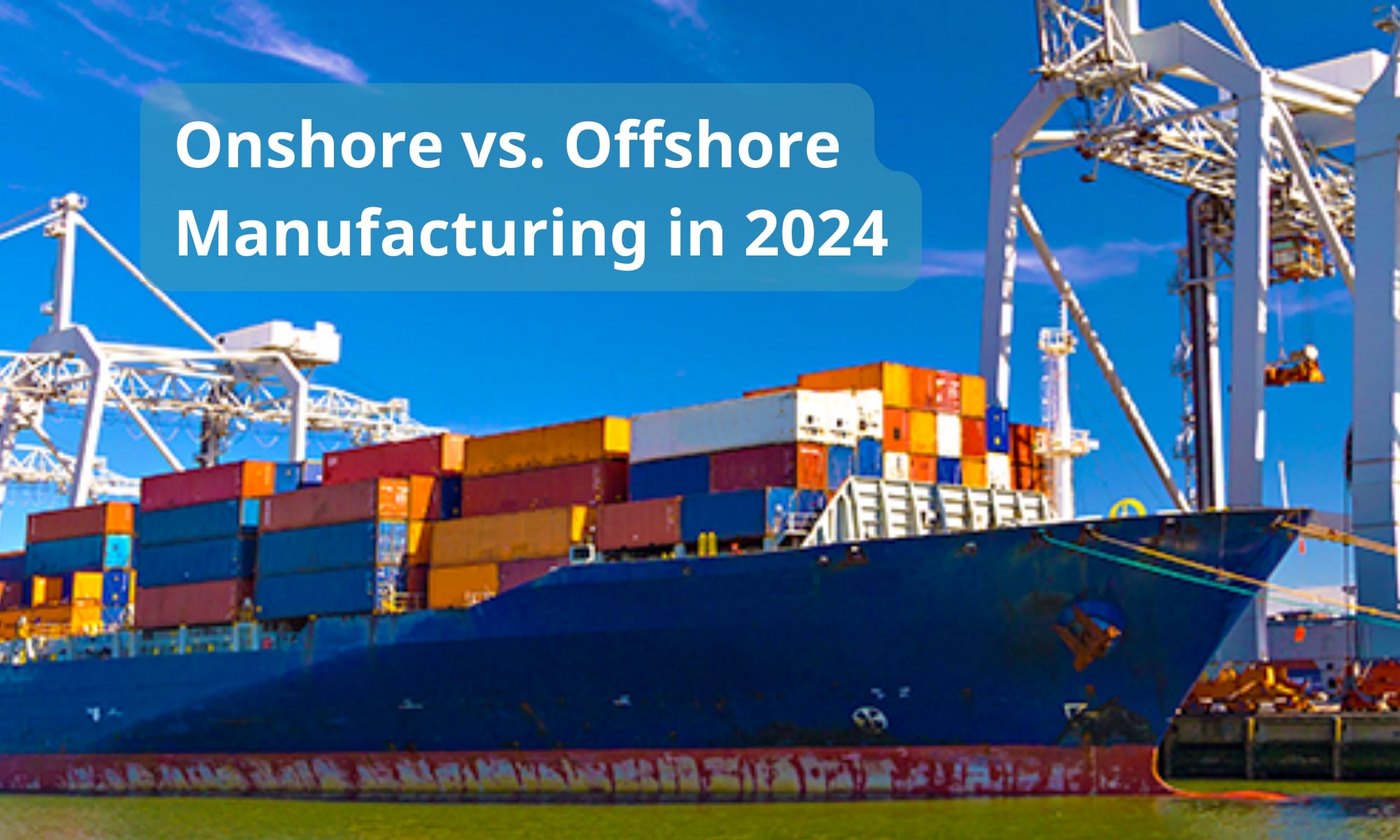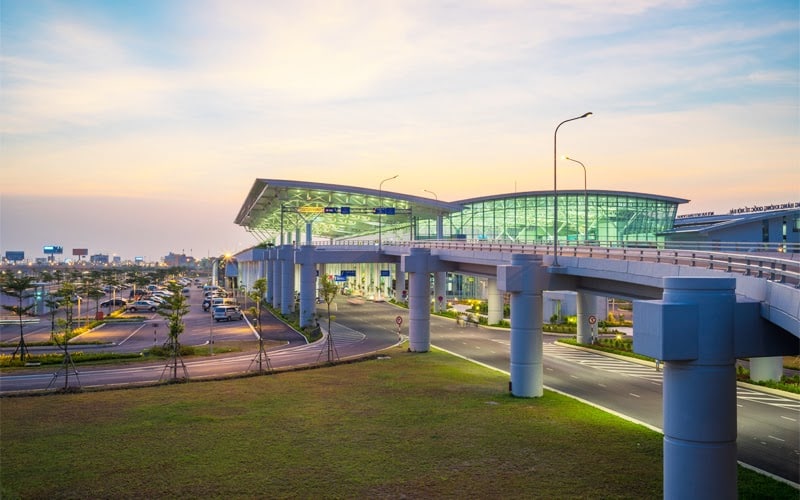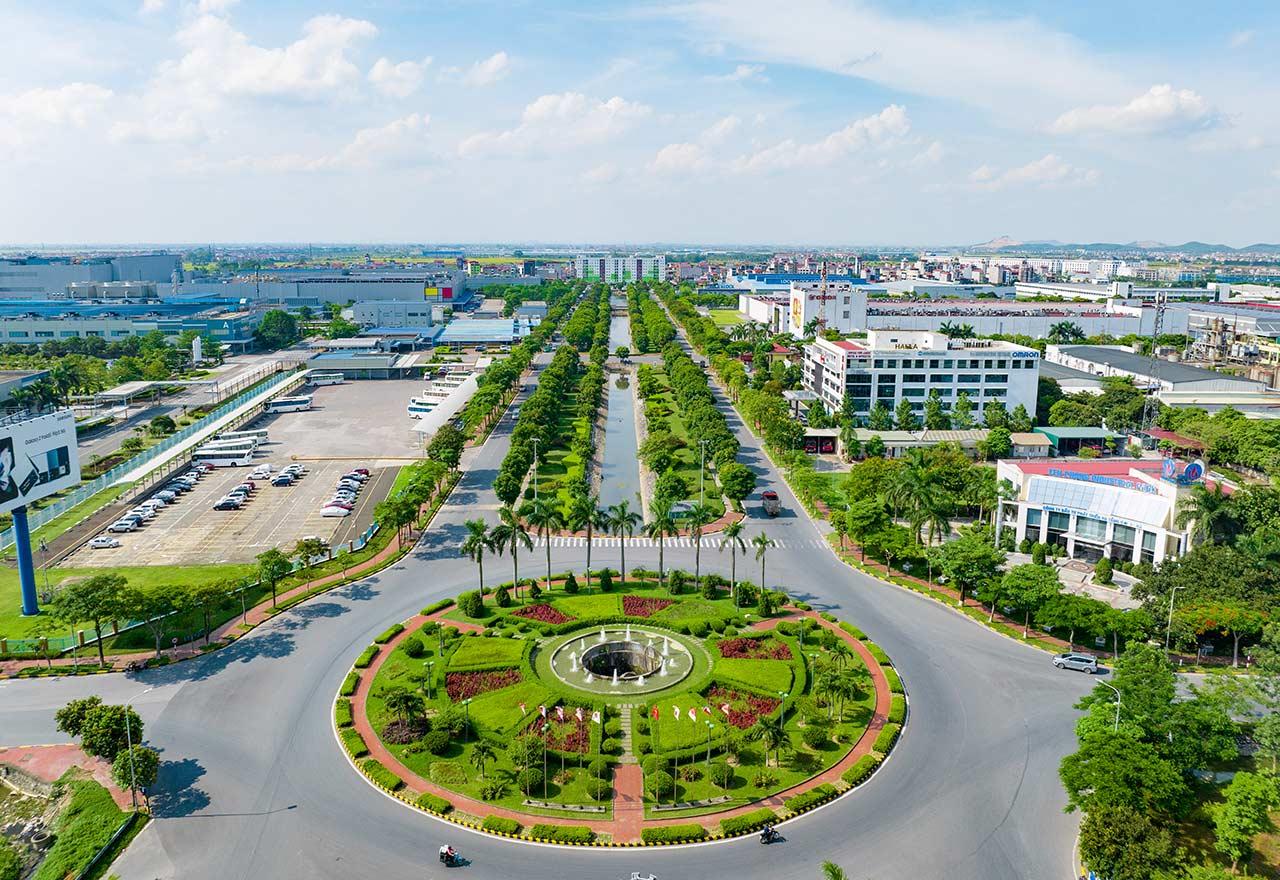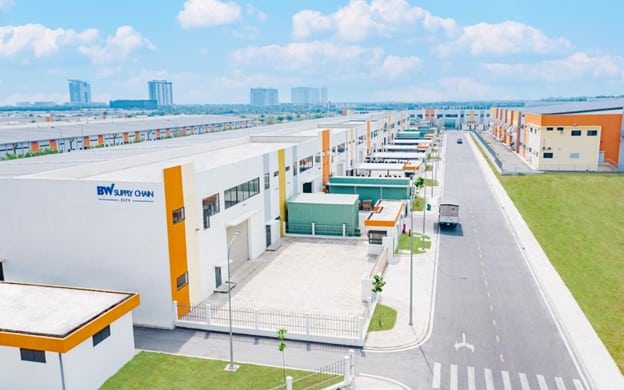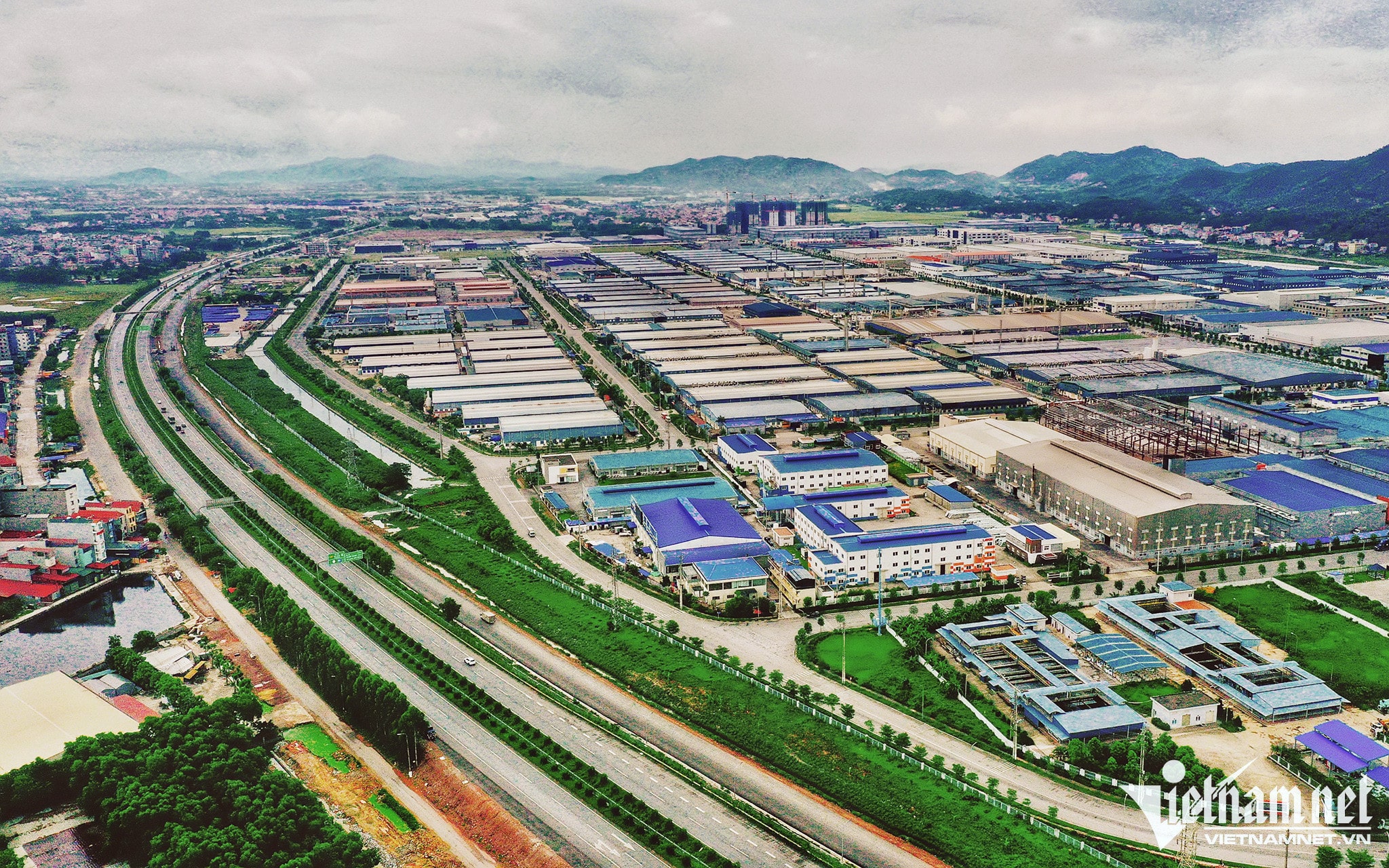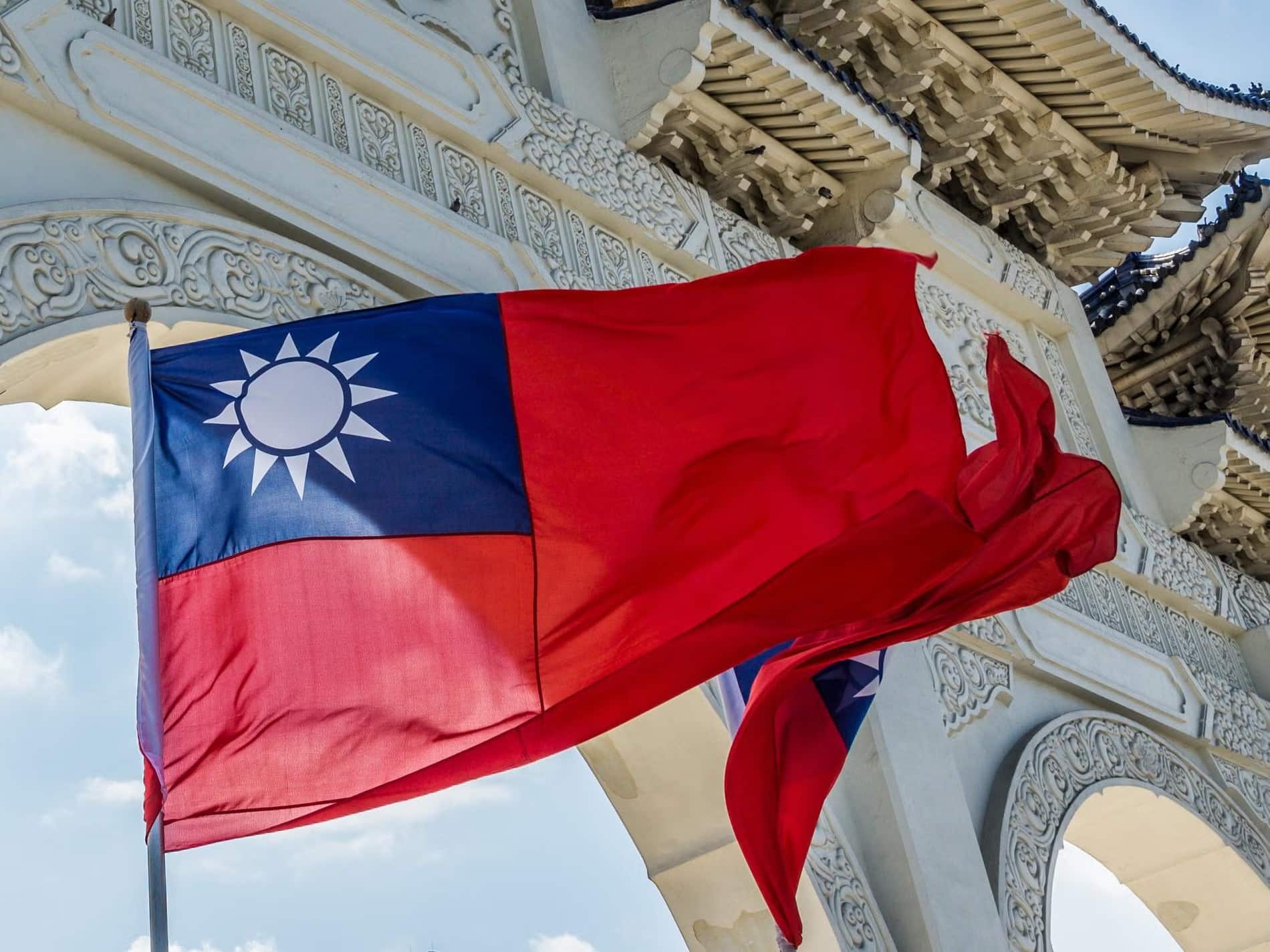Onshore vs offshore manufacturing – an ongoing debate since both business models gained prominence and obtained their pros and cons. Both strategies are effective means of growing the workforce and bringing in fresh talent for the business. Companies have found that offshore outsourcing is a popular strategy to reduce expenses without sacrificing control to outside parties. Meanwhile, onshore manufacturing or returning to one’s home country or region and rejecting all offshore operations, also benefits businesses in terms of quality control, cultural understanding, and easy collaboration. Let’s delve into the detailed advantages and disadvantages of the 2 methods and learn some tips to figure out which one suits your situation! Scroll down for more!
Onshore vs Offshore Manufacturing in 2024
The decision between onshoring and offshoring can be tough if you don’t fully understand them and the opportunities they can bring. Below is a short explanation of the two methods.
What is Onshore Manufacture?
Onshoring means contracting out corporate operations to onshore businesses in the same country or country of origin, with the potential to boost local economies. It includes any transactions, investments, or activity that takes place domestically for the corporation that aims to retain corporate activities in the nation while taking advantage of local knowledge.
Onshoring also includes hiring foreign businesses based in the country of origin to carry out tasks like payroll processing and app development, known as “onshore” outsourcing. For instance, an IT corporation with headquarters in Washington might contract with a New York onshore development center to handle its software development.
Special features/opportunities:
– Improve the local economy: Onshore manufacturing maintains a tight relationship with the labor force and economy of the area. Setting up the business inside the country’s border helps lower unemployment rates, support local vendors and suppliers, and promote economic expansion by generating job possibilities.
– Offer better quality control with regulation compliance: The method has better control over production procedures and quality standards (according to local regulations), improving product quality and customer satisfaction.
– Minimize the transportation cost: Onshore manufacturing lowers the expenses and negative effects of transportation related to importing goods from abroad.
What is Offshore Manufacture?

Offshoring refers to doing business outside of one’s home country in order to take advantage of favorable business rules, tax benefits, cost reductions, and talent availability. It can take many different forms, such as creating an offshore business or outsourcing to employees or other third parties.
For example, a US company can outsource software development to Vietnam, take advantage of global resources and knowledge, and expand internationally.
Special features/opportunities:
– Offer cost efficiency: When compared to local production, offshore manufacturing offers cheaper labor, material, and operating costs.
– Provide access to markets worldwide: By building manufacturers closer to target countries or by utilizing trade agreements and advantageous tariffs, offshore manufacturing enables businesses to access worldwide markets.
– Bring the benefits of applying chain diversification: Manufacturing offshore helps lessen reliance on a single source or location.
Onshore vs Offshore: Pros and Cons

This tough competition between onshore vs offshore manufacturing can create a headache for companies between the two lines. Below are the tables of pros and cons of the two methods to help businesses make their decision:
| Onshore Manufacturing | Offshore Manufacturing | |
| Pros | – Creates more job opportunities for locals – Promotes connections with regional vendors – Promotes stability and growth of the home country – Makes it easier to follow rules and specifications for quality – Lowers the cost of importing goods from abroad – Enables quicker delivery and shorter lead times – Enables customization to satisfy consumer preferences – Ensures adherence to local, state, and national labor laws and regulations – Offers national security by lowering dependency on foreign vendors – Potentially minimizes carbon emissions to lessen the impact on the environment | – Provides access to cheap labor – Offers Cost efficiency due to lower labor and operating costs – Generates lower costs per unit as a result of mass production – Offers adaptable manufacturing capability to grow as required – Access to the global market is easier by locating factories near the target markets. – Lessens reliance on a single supply chain |
| Cons | – Labor cost tends to be higher in developed country – Production costs can be higher due to the cheap labor access limitation – Higher operating expenses since taxes and utilities are often higher in developed countries – The smaller home market may limit the economies of scale – Potentially high production costs may lead to higher consumer prices | – Unwanted logistic issues can cause longer transportation time and interruptions in the supply chain. – The language and cultural boundaries can create management and communication issues. – Product quality control can be problematic due to the distance from the production factories. – Potential risks associated with the supply chain include natural disasters, political instability, and trade disruptions caused by reliance on foreign suppliers. – Difficulties can arise from unfamiliarity with laws and business practices. – Human rights, environmental standards, and labor policies can be an issue of consideration. |
Popular Offshore Services in Vietnam

Vietnam has emerged as a hub for various offshore services, attracting global attention for its skilled workforce and competitive costs. Such as:
Engineering services
Vietnam offers a range of civil engineering services, including structural design, project management, construction supervision, and infrastructure development. The country also specializes in mechanical engineering, offering CAD/CAM modeling, analysis, prototyping, and product design. Vietnam is also well known for its electrical engineering proficiency, including automation, control systems, power system design, and renewable energy projects. Environmental engineering is also a focused service, including some environmental impact assessments.
IT development and support
Vietnam’s software development sector provides enterprise software solutions, online development, mobile app development, and custom software development. The country also offers IT outsourcing services like software testing, quality assurance, infrastructure management, and support. Besides, Vietnam’s proficiency in data science, artificial intelligence, machine learning, and analytics serves companies looking to make big data-driven decisions.
Manufacturing and production
Vietnam is a major player in the electronics manufacturing sector, providing services ranging from complete product assembly for industrial and consumer electronics to PCB assembly. The country is also a leading exporter of textiles and garments, offering design, cutting, sewing, and finishing services for global brands. In addition, Vietnam’s automobile manufacturing industry is expanding, producing vehicles, components, and assemblies for both local and foreign markets. The country is also well known for its furniture manufacturing sector, which provides services for both home and commercial products in the areas of design, upholstery, and finishing.
Making the Decision: Factors to Consider

Deciding between onshore and offshore manufacturing requires a thorough evaluation of various factors that can significantly impact your business’s bottom line and operational efficiency. Here are some key factors that you should carefully consider:
Assessing Your Business Needs and Goals
To determine whether onshore or offshore manufacturing better fits your goals and capabilities, you should take into account your budget, costs, and manufacturing requirements to maximize production. You also need to analyze the costs of labour, operations, transportation, and any possible economies of scale savings. Besides, you need to consider the technical capabilities, workforce quality, and training needs.
Evaluating Market and Customer Expectations
You should have a proper analysis of the market to determine whether offshore or onshore manufacturing can satisfy customer expectations. For example, when it comes to meeting consumer requests for customization or fast delivery speed, onshore production could provide more adaptability and agility. On the other hand, if the price is the customers’ priority, offshore manufacturing is potentially an advantage as it offers cost savings due to lower labor costs.
Long-term Strategic Planning
Your long-term strategic planning plays a crucial role in the final onshore vs offshore manufacturing decision. The option you choose should be aligned with your growth target., expansion plans and risk management strategies. Evaluating each option’s scalability and flexibility will help you understand how it can adapt to changes in demand and market conditions. You also need to consider the impact of geopolitical factors, trade policies, and regulatory changes on your operations and supply chain resilience.
Wrapping Up
Onshore vs offshore manufacturing – they are the two methods for moving services and manufacturing supplies to appropriate locations. Each tactic has benefits and drawbacks that require business to consider thoroughly before choosing. Sometimes, the optimal course of action is probably a combination of the two. If your decision is offshore manufacturing and your destination is Vietnam, meet Savills Industrial, one of Vietnam’s leading industrial real estate teams. Contact us right now! We’re always happy to help you find your next industrial property.



